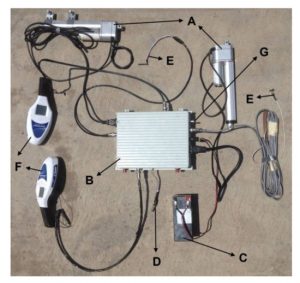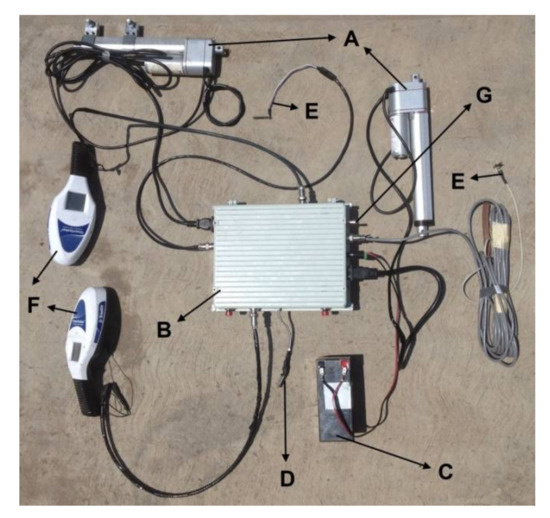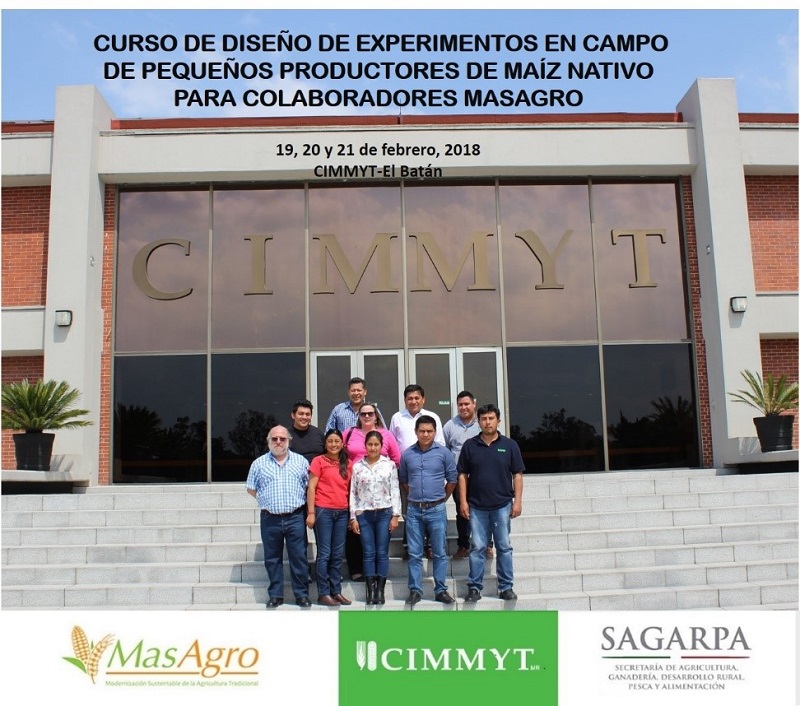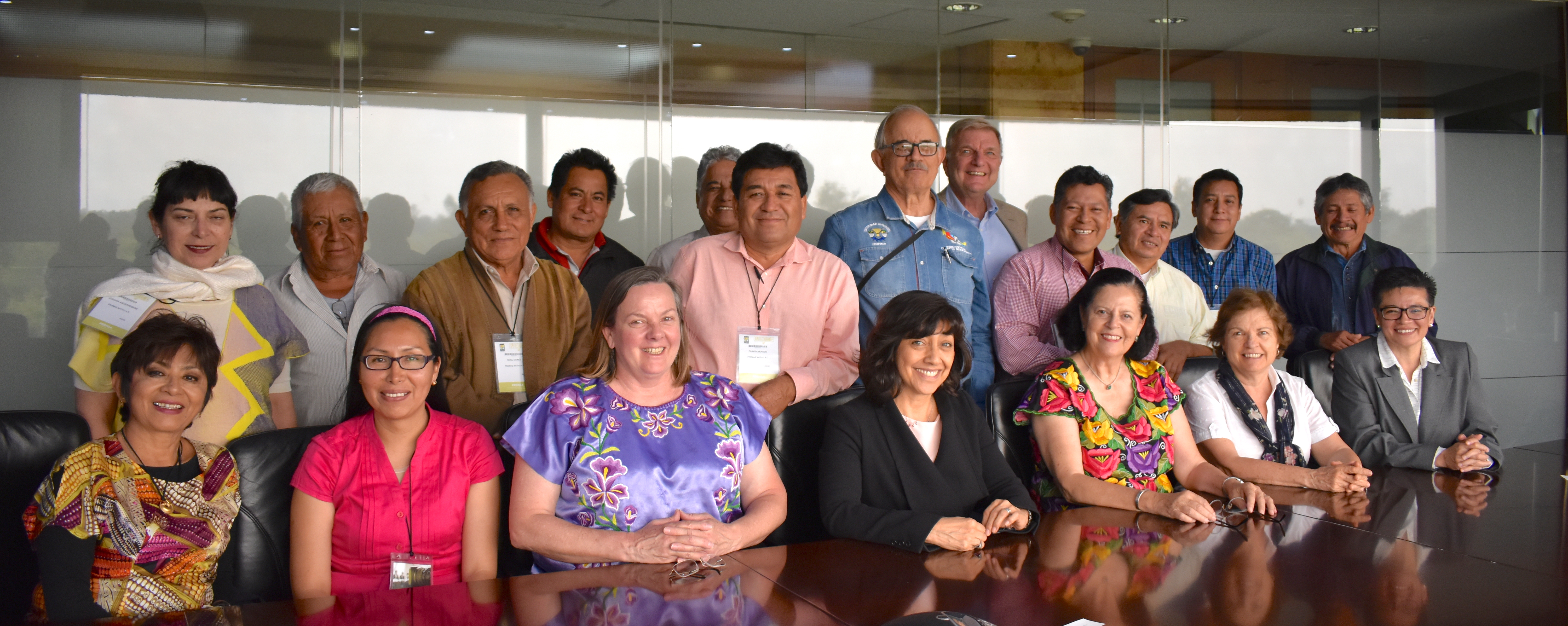
A new study tests a stepping-stone for small-scale precision agriculture fertilizer application.
The authors of the study write that precision agriculture for smallholder farmers is often seen as a far-fetched idea, but that these farmers are the most vulnerable to climate-change-related issues and would benefit most from this technology.
Hundreds of millions of smallholder farmers feed one-third of the global population. According to the authors, addressing future food security and growing pressure on natural resources will require sustainable intensification, including precision agriculture.
Precision agriculture uses technologies in the attempt to apply nearly exact required inputs, such as fertilizer, to crops. This is a much more targeted approach than that of conventional farming, in which a constant amount of fertilizer is applied across all cultivated land, regardless of actual need.
Since nitrogen is often the limiting nutrient for plant growth and in particular grain yield, it is a key fertilization target. When applied in traditional methods, up to 70 percent of applied nitrogen is lost into the surrounding environment, resulting in pollution of air and water leading to algae blooms in nearby bodies of water.
For this study, scientists attached a small nitrogen sensor called the GreenSeeker® Handheld to conventional farming equipment in the attempt to create a real-time, informed fertilizer placement system that would be accessible to most farmers.
The GreenSeeker® sensor measures the greenness of a plant. This is determined by the production of chlorophyll, which is limited by nitrogen availability. Based on the color of the plant, scientists use an algorithm to determine how much nitrogen should be applied to return the plant to optimal health.
The authors found that while there was room for improvement in operational efficiency and responsiveness of the setup, this approach was promising. They said the kit used was meant to be a low-level investment farmers could add onto existing equipment to enable better control of daily operations. They say that if farmers invest in the equipment and fine-tune the distribution of fertilizer to their fields, they should be able to “transform themselves into precise high output agro-entrepreneurs.”
As usual many people are involved during the development of projects as these, and in this case a special mention to Louis Gabarra would like to be made by the authors for his contribution during his student internship in making the first prototype versions presented here come to reality.
Check out the full article: Precision for Smallholder Farmers: A Small-Scale-Tailored Variable Rate Fertilizer Application Kit. 2018. Van Loon, J. Speratti, A.B., Govaerts, B. In: Agriculture and check out other recent publication by CIMMYT staff below:
- Volume and value of postharvest losses : the case of tomatoes in Nepal. Gautam, S., Acedo, A. L. Jr., Schreinemachers, P., Subedi, B. P. In: British Food Journal v. 119, no. 12, p. 2547-2558.
- Prioritizing climate-smart agricultural land use options at a regional scale. Shirsath, P.B., Aggarwal, P.K., Thornton, P. K., Dunnett, A. In: Agricultural Systems v. 151, p. 174-183.
- Soil processes and wheat cropping under emerging climate change scenarios in South Asia. Jat, M.L., Singh, B., Stirling, C., Jat, H. S., Tetarwal, J. P., Jat, R.K., Singh, R., Lopez-Ridaura, S., Shirsath, P.B. In: Advances in Agronomy v. 148, p. 111-171.
- Evaluation of long-term conservation agriculture and crop intensification in rice-wheat rotation of Indo-Gangetic Plains of South Asia : carbon dynamics and productivity. Samal, S. K., Rao, K. K., Poonia, S. P., Kumar, R., Mishra, J. S., Prakash, V., Mondal, S., Dwivedi, S. K., Bhatt, B. P., Naik, S. K., Choubey, A. K., Kumar, V., Malik, R.K., McDonald, A. In: European Journal of Agronomy v. 90, p. 198-208.
- Analyzing the variability and genotype x season interaction to assess the biological homeostasis in yellow maize (Zea Mays L.) germplasm using advanced biometrical inferences. Maqbool, M. A., Aslam, M., Issa, A.B., Khan, M. In: Pakistan Journal of Botany v. 49, no. 6, p. 2405-2418.
- Exploring farmer perceptions of agricultural innovations for maize-legume intensification in the mid-hills region of Nepal. Alomia-Hinojosa, V., Speelman, E. N., Thapa, A., Hisiang-En Wei, McDonald, A., Tittonell, P., Groot, J. C. J. In: International Journal of Agricultural Sustainability v. 16, no. 1, p. 74-93
- Evaluation of single cross yellow maize hybrids for agronomic and carotenoid traits. Maqbool, M. A., Aslam, M., Khan, M. S., Issa, A.B., Ahsan, M. In: International Journal of Agriculture and Biology v. 19, no. 5, p. 1087-1098.
- Simulated bermudagrass production and nitrate leaching affected by El Niño Southern oscillation, soil and clipping frequency. Woli, P., Rouquette, F. M., Long, C. R., Gowda, P., Pequeño, D. N. L. In: Agronomy Journal v. 109, no. 6, p. 2649-2661.
- Evolving food consumption patterns of rural and urban households in developing countries : a Bangladesh case. Mottaleb, K.A., Dil Bahadur Rahut, Kruseman, G., Erenstein, O. In: British Food Journal v. 120, no. 2, p. 392-408.
- Patterns and determinants of private tutoring : the case of Bangladesh households. Pallegedara, A., Mottaleb, K.A. In: International Journal of Educational Development v. 59, p. 43-50.


 Nutrition, health and food security
Nutrition, health and food security 
